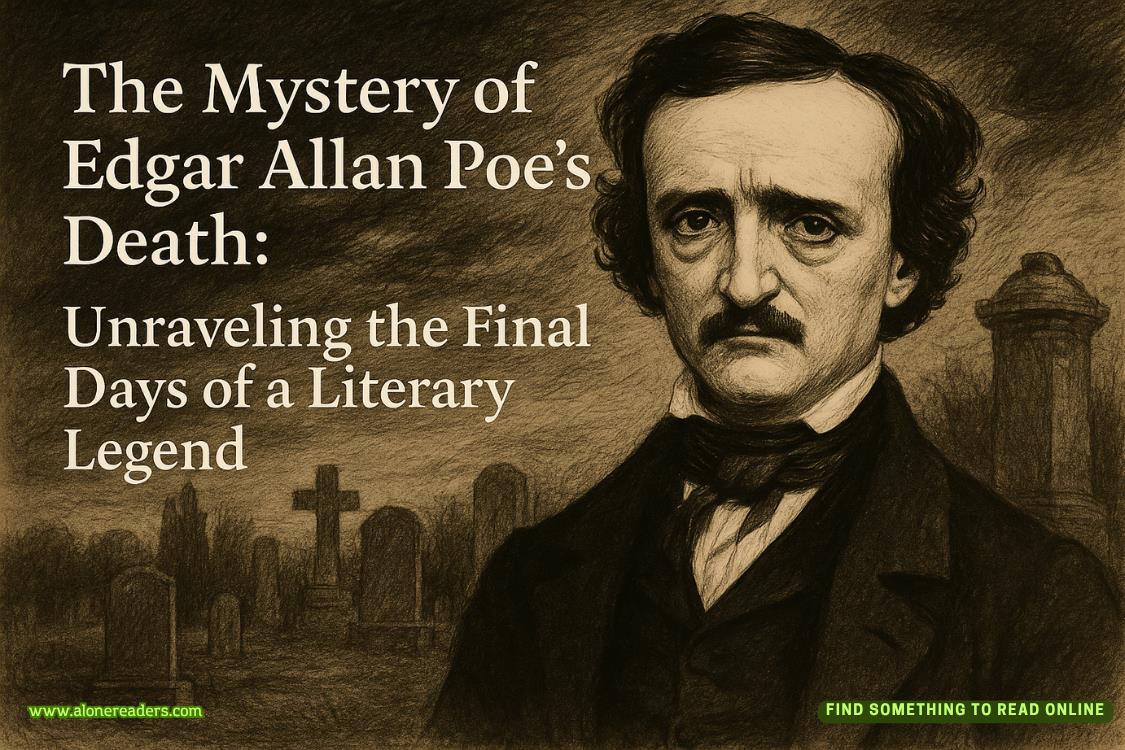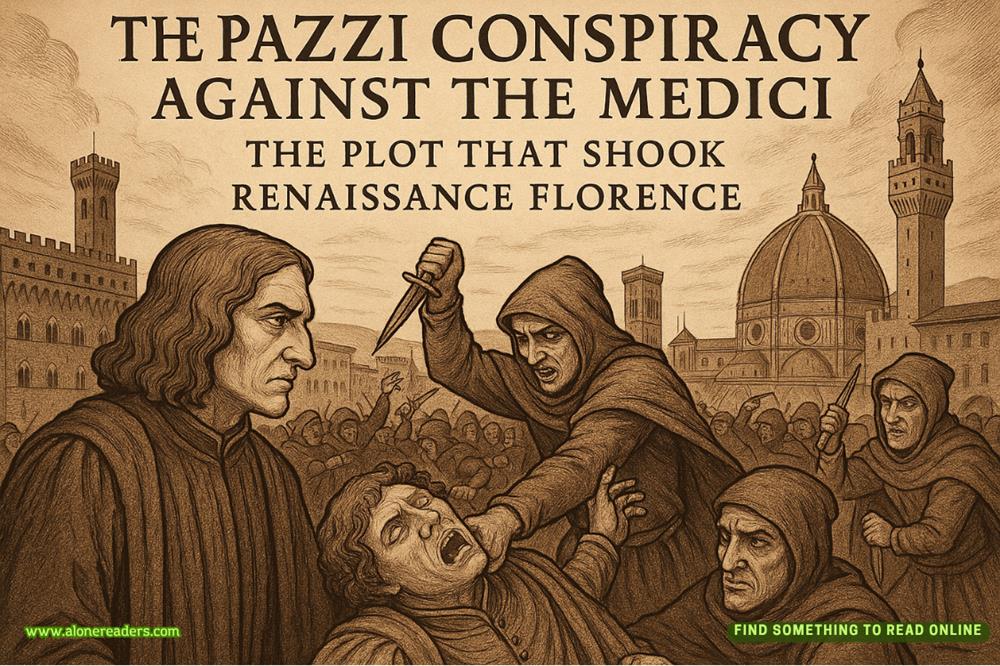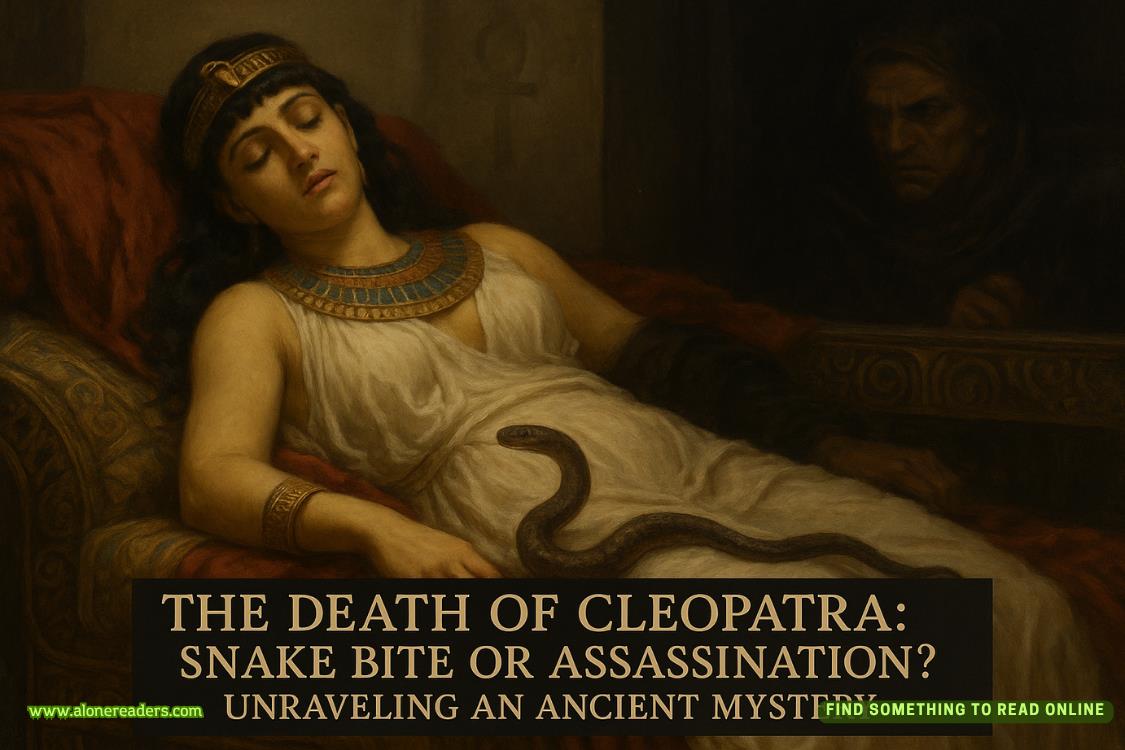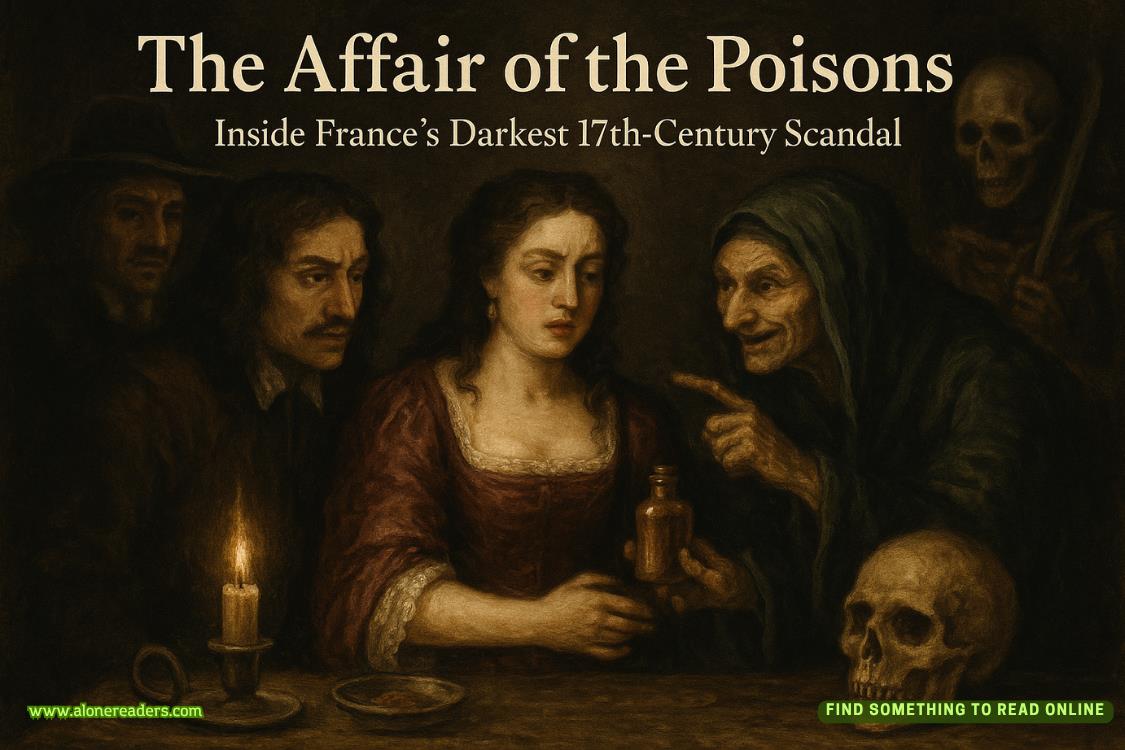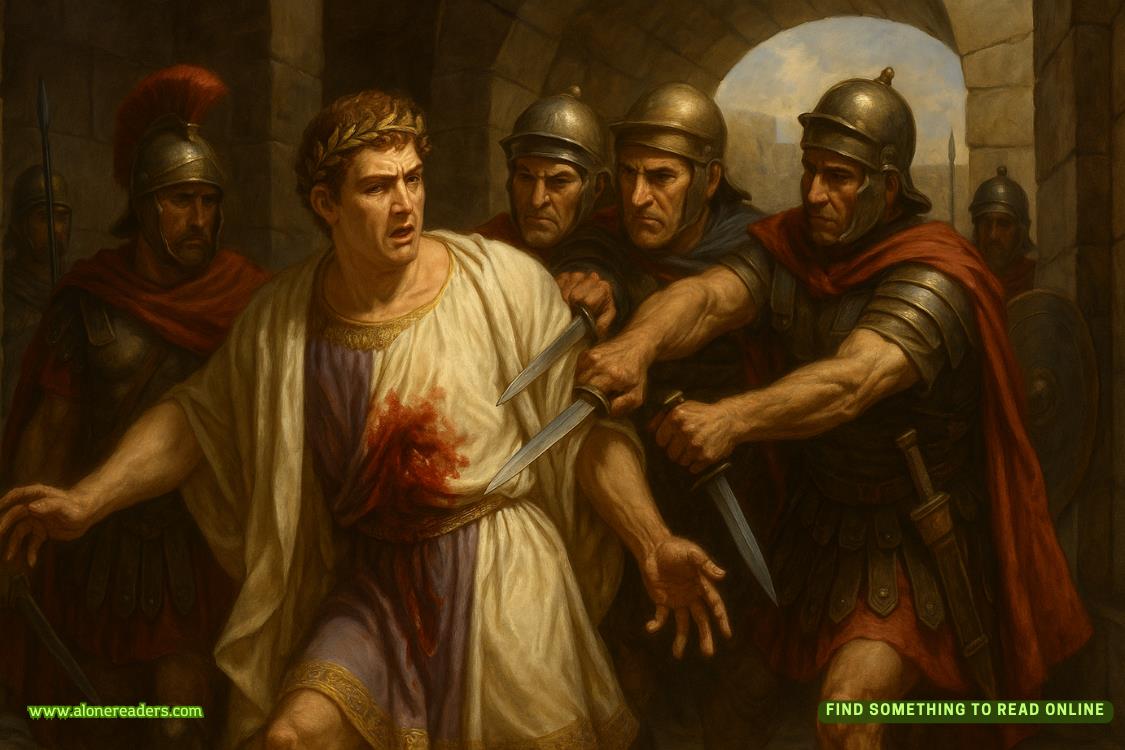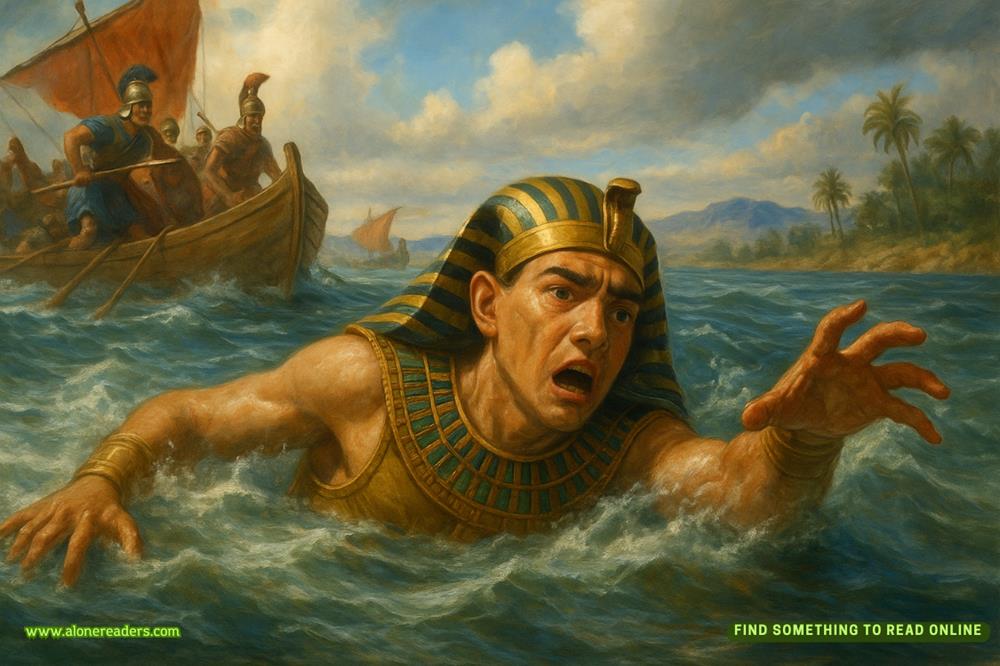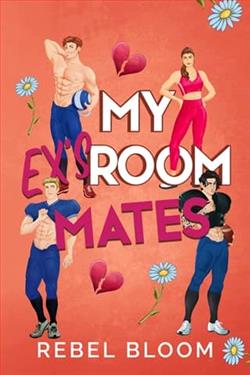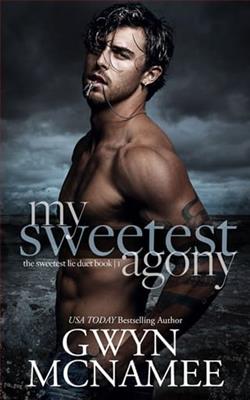Page 18 of Down the Track
‘You mean a mesa?’ Hux couldn’t see the photo on the screen the other three were looking at, but if they’d found a geographical feature, he could match it to the contours on his nav chart. It’d be a heck of a lot quicker than guessing what was in some damaged old photos.
He pulled the board off the clip that summarised Charlie’s—now his—schedule for the day. The notes for this charter read:ETD 10am. Three pax as listed, flyover of Corley Station, bit of a looksee on foot, then back to base ETA 11.45.
An hour and forty-five—that gave them the flight here, the flight home, and forty-five minutes ‘looksee’ time, as Phaedra had described it. Probably not long enough, if the conflicting opinions of where to land coming from the back row of seats was anything to go by.
The one o’clock charter for a scenic flight out to the Combo Waterhole had fat red marker pen scribbled over it—cancelled—but he had a three-thirty gig for the shire council to check the Thomson River bridge over near Muttaburra.
‘Like a mesa, yes.’ That was Jo’s voice.
He’d have liked to turn the volume down because there was something distinctly personal about having his ex-lover’s voice speaking directly into his ear, even when the words were being delivered with the no-nonsense tone of a science podcast.
‘A jump-up is a patch of ground that has been protected from erosion because it has silica in its upper layers. The result looks to us like a hill that’s had its head and shoulders sliced off, but in reality it’s a preserved remnant of where the ground level used to be, before a hundred million years of wind and water erosion did their thing to the land around it.’
Now he was reminded of it, he’d heard the term before. Probably at home on Gunn Station, because they had a similar formation down on the southern boundary that had been named by some long-dead Huxtable as Gunnaclimbit Hill.
But Jo’s podcast wasn’t over. ‘Back then, of course, this region was forest and waterways and dinosaurs. And Australia wasn’t a continent, it was part of Gondwana, which included what we now call Antarctica, and it hadn’t drifted on the continental plates so far north like it has now.’
‘Like a mesa’ would have sufficed. On the other hand, that wordy reply did provide him with an answer to the question he’d been trying not to dwell on (what had Jo been doing with herself since he’d seen her last?) and which was now so obvious (she’d been in a lecture theatre, boring students shitless by delivering hour-long monologues on exciting topics like silica and continental drift).
‘Topography shows only one likely jump-up on Corley Station,’ he said. He used his thumb and finger to expand the image on the digital screen. ‘I’ll fly us there. You ladies keep your eyes peeled for a tree, a fence line, and a—’ what was their other clue? ‘—a storm bird.’
Luckily he was facing away from them and wearing sunglasses, so they couldn’t see his eyeroll. It was their fuel money he was spending, not Charlie’s, and the longer the flight, the better for the finances of Yindi Creek Chopper Charters. He could add forty-five minutes to the charter before he’d have to start worrying about his fuel light coming on, so why not let his passengers tramp about looking for trees to their hearts’ content. He could pull up the script he was only slightly overdue to approve (or not) and send back to the production team.
Hux didn’t mind working in the shade of a helicopter on a remote sheep paddock. In fact, he’d probably written some of his best stuff there. Him, his notebook, the characters in his head … He’d rather hang out with Tyson and Lana any day than with the woman who’d broken his heart and not even frigging noticed.
TYSON: That’s touching, man. Where’s my violin?
Hux snorted.Shut up, Tyson, he told himself, as he sent the helicopter in a wide arc south.
CHAPTER
8
Jo angled the screen of her iPad to one side just in case Ethel had the eyesight of a magpie and could see the heading of the blog article she was reading from the back row of seats in the helicopter. She’d had no trouble pulling up data about the last dig on Corley Station now she knew there had been one, but so far all the data she’d found had been light on science and heavy on fluff. Like this one:
AMATEUR FOSSIL HUNTERS: A HELP OR A HINDRANCE TO SCIENCE?
[email protected], November 2014
In 2009 palaeontologist Dr Jedda Irwin was presented with a chunk of rock, no larger than a soccer ball, with exposed fossilised bone that had been found on a sheep station located on the western rim of the Winton Formation in outback Queensland by sisters Dot and Ethel Cracknell.
The sisters were in the habit of fossicking for Cretaceous-era fossils while they worked around the station, and they had come across the ‘chunk’ while looking for specimens to add to their not insignificant collection of leaf and marine-life impressions. They confess to taking the chunk home with them as it made an excellent boot scraper, and they were in need of one at their shearing quarter. It wasn’t until some of its matrix dislodged after it was dropped (!) that they realised it was composed primarily of fossiliferous material. At this point, the Cracknells experimented on ways to extricate what would turn out to be a partial femur of a ninety-five-million-year-old dinosaur from its sandstone matrix using what they had ‘on hand’ rather than following laboratory protocol.
Vinegar didn’t work (because sandstone isn’t limestone). An inexpert wielding of a chisel didn’t work (the gouge marks in the fossil are testament to just how inexpert). Water and time didn’t work (the chunk apparently spent a year dangling on a rope in a cement water tank to see if it would ‘erode’).
Fortuitously, before the rock was destroyed altogether, the Cracknells read a news story about scientists working on a dinosaur dig site not too distant from their station, so they drove over to introduce themselves and took their chunk with them.
Dr Jedda Irwin suspected the exposed fossil might be part of a small ornithopod, so took the bone back to the university, where, over a period of years, students worked on clearing off the matrix using air chisels and specialised Dremel heads and scrapers.
Once cleaned of its rocky carapace, Dr Irwin made the following observation:
Despite the incompleteness of the specimen, I believe the femur to be that of an ornithopod. I base this on the following: the distal curve in the shaft of the femur, the fact that the lateral condyle is narrow and smaller than the medial condyle, and the lesser trochanter is lower than the greater trochanter. In addition, there is a shallow intercondylar groove distally. Two important questions arise: can further specimens be found to allow definitive classification of an ornithopod, and what significance can be attached to the presence of an early crocodylomorph tooth found embedded in the femur? (Dr Irwin, J, Notes to Specimen X245HGU)
Dr Irwin’s findings resulted in funding being procured to stage a dig to recover any other remnants of the Corley dinosaur, and I look forward to blogging regularly with updates as I have been chosen as one of the site volunteers.
My purpose of this first blog is to point out that amateur fossil hunters are both a help and a hindrance to the pursuit of science. The help is this: without the Cracknell sisters, this possible ornithopod remnant may never have been found. The questions left unanswered are the hindrance. If experts had been called into the field and the fossil left undisturbed, further exploration at the time may have found more of the skeleton and enabled a huge leap forward in our knowledge of the dinosaurs of Queensland.
Jo snapped the cover of her iPad over the screen, irritated. With the article, with herself, with Jedda, with everything.
